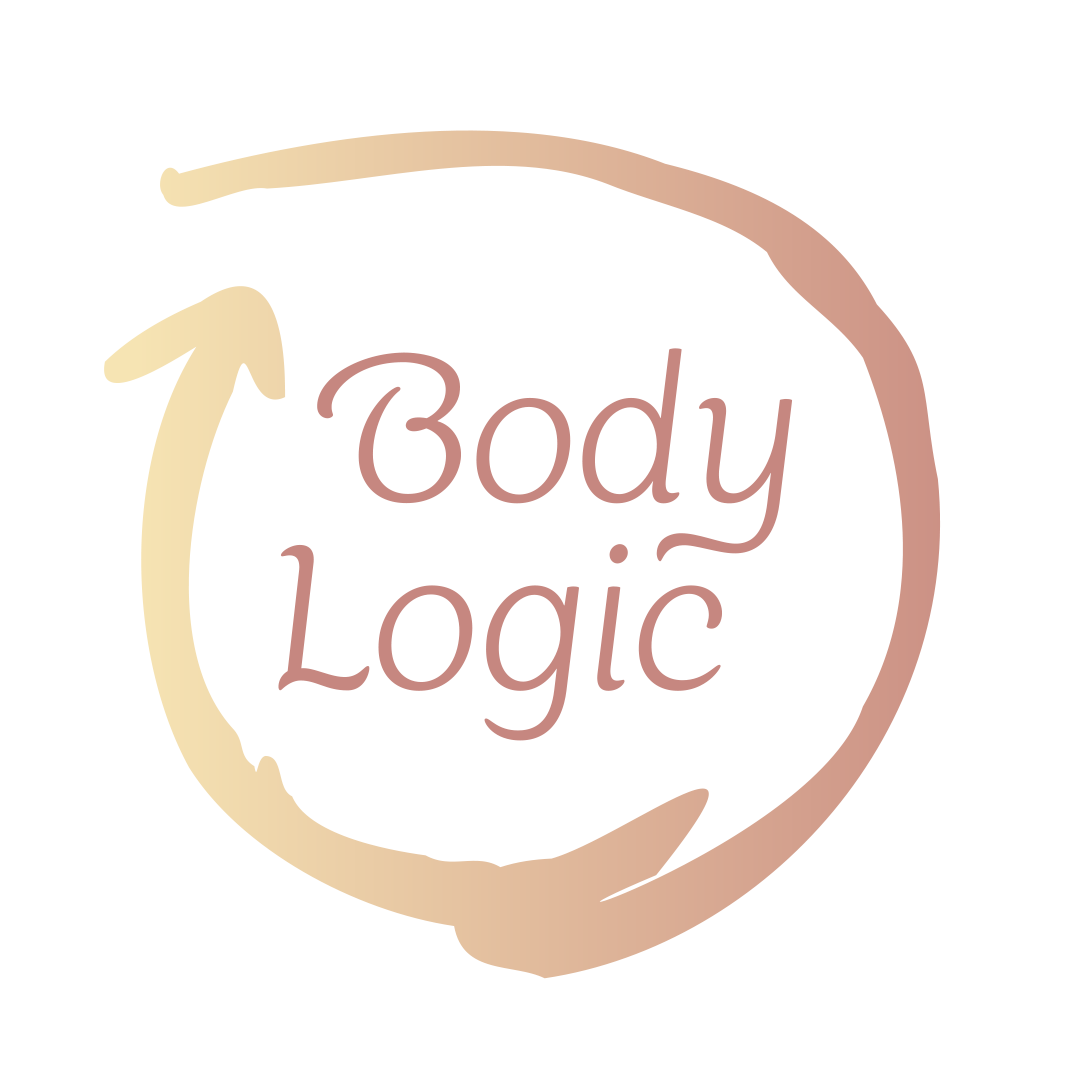In part 1 I told you about the role oestrogen plays in fertility: important for the emergence of new life! But oestrogen also plays a role in too much inflammation, which can actually reduce your fertility. In this article, more on the role of progesterone in fertility, and how important the right balance between progesterone and estrogen is.

Progesterone and fertility
Progesterone enters the cycle only after ovulation. A new organ is then created: the yellow body. Yellow because it is full of cholesterol, a fatty, yellow substance. From this cholesterol, the yellow body makes progesterone. The amount of progesterone you produce in this phase is huge, many times more than oestrogen. Progesterone can be as much as 30 to 50 to as much as 100 times higher than oestrogen. At least in the ideal situation.
"Progesterone in the luteal phase is up to 50 times higher than oestrogen"
Progesterone dampens inflammation
While oestrogen stimulates cells to divide, progesterone causes cells to rest and mature. Progesterone also dampens the immune system and all kinds of immune cells. As a result, inflammation and prostaglandins in the uterus and cervix off1. Since cell division and inflammation are also necessary for the emergence of new life - progesterone cannot be present all the time. If you have constantly high progesterone, as is the case during pregnancy, you cannot get pregnant.
Progesterone relaxes the uterus
Progesterone relaxes the muscles of the uterus. The uterus moves during the cycle. Throughout the cycle, waves pass through her, called uterine peristalsis2. Around ovulation, peristalsis goes up. Wave movements then move from the cervix towards the top of the uterus, where the sperm can find the egg. As if the uterus wants to suck these sperm cells upwards - so it is not as passive as is sometimes thought! Is the egg fertilised? Then the peristalsis must go down again. Thus, progesterone also contributes to fertility. This is because a fertilised egg can then gently sink down and implant in the uterus. It should not get stuck in the fallopian tubes, possibly resulting in an ectopic pregnancy.
Progesterone and the autonomic nervous system
The autonomic nervous system also affects the uterus. Both too much of the parasympathetic side (the 'rest and digest' and 'freeze' side) and the sympathetic side ('fight, flight') can make the uterus tighten3. Something you obviously don't want when there is a fledgling foetus there. Progesterone increases the substance cholinesterase, which breaks down the neurotransmitter (messenger) of the autonomic nervous system. Both the parasympathetic and sympathetic nervous systems therefore have no effect on the uterus. Thus, progesterone keeps the uterus from tightening during pregnancy. Too much nervous system stimulation, combined with low progesterone, may play a role in miscarriage.
How do you make enough progesterone?
"There is evidence that a mildly delayed thyroid affects fertility"
To make enough progesterone, the yellow body needs the active thyroid hormone, T34. Your thyroid makes some of this, but the thyroid in particular makes inactive thyroid hormone. This inactive thyroid hormone, T4, has yet to be made active by the liver.
A seriously delayed thyroid, making less T4 and T3, is seen in about 10% of couples with fertility problems. Yet there is also evidence that a mild delayed thyroid already affects fertility. One way to look at thyroid function in the blood is by determining the hormone TSH (thyroid stimulating hormone). This hormone sends the brain to the thyroid gland, asking it to make more thyroid hormones. The higher the TSH, the more the brain calls to the thyroid to work harder. It is a sign that the brain is not registering enough thyroid hormone in the body.
Women with unexplained reduced fertility were more likely to have a higher TSH than women in whom the husband was the sole cause of reduced fertility. The TSH of these women was thus normal, but on the high side5. (The reference value is approximately between 0.4 and 4.0). A TSH above 2.5 in the first trimester also seems to slightly increase the risk of miscarriage6. Diet and lifestyle can lower TSH... So a possible lead to work on!
The liver and progesterone
Your liver activates thyroid hormone and with this active thyroid hormone, the yellow body makes progesterone. For this, the liver needs sufficient fuel, in the form of glucose and the mineral selenium. If you go on a fast, eat too little, or follow a ketogenic diet, your liver makes less active thyroid hormone. And that can affect the production of sufficient progesterone.
Nutrients and progesterone
To make progesterone, three things are important: cholesterol, active thyroid hormone and vitamin A. You already read in the paragraph above that to actively make thyroid hormone glucose (i.e. carbohydrates) and selenium are needed.
Of cholesterol, we know that cholesterol-lowering medication or plant substances (such as the sterols in certain margarines) may have a negative impact on fertility, both in men and women. Cholesterol that is too high is also not good for fertility7. By the way, with a slow thyroid, you are more likely to see higher cholesterol!
Vitamin A is taken in through animal food (dairy, eggs, liver) and through the conversion of plant beta-carotene (pro-vitamin A) into vitamin A. If you eat only plant-based foods, it can be difficult to get enough vitamin A. You have to get a lot of carotene and your conversion also has to be good. You then have to take in a lot of carotene and your conversion also has to go well. Yellow hands and feet may indicate that you are not converting carotene into vitamin A properly or that you are taking in a lot of carotene. A blood test may then be wise. A delayed thyroid gland can also cause you to convert carotene into vitamin A less well. So you see how nutrition and hormones influence each other in many ways!
So to make progesterone, you need at least cholesterol, vitamin A and active thyroid hormone. For active thyroid hormone, you again need sufficient carbohydrates and selenium. For thyroid hormone, iodine is again an important building block.
Does extra progesterone promote fertility?
In fertility treatments such as IVF, taking extra progesterone plays an important role in successful treatment. Progesterone prepares the endometrium for embryo implantation (the dosage and form of administration vary from woman to woman). But what about adding extra progesterone in a natural cycle? Or if there is too much inflammation or repeated miscarriages?
Progesterone in case of too much inflammation
As in part 1 discussed there are all kinds of immune cells present in the uterus. Natural Killer cells, T-cells, B-cells and mast cells. These are necessary for your fertility. But too many of some cells are related to reduced fertility. So could progesterone help because it dampens the immune system? In theory, yes, but unfortunately there has been too little research on this in women as far as I know. It is certainly a new and interesting field of research!
Progesterone in miscarriages
Does it make sense to take extra progesterone to prevent miscarriage? Yes, in women who have previously miscarried and experience blood loss early in pregnancy, vaginal progesterone makes sense. There is high-quality evidence for this according to a recent Cochrane review8. But for other groups of women, it is unclear. The way progesterone is administered, in what form and timing may not be optimal. It also seems to me to make little sense to give every woman the same dose of progesterone, as is done in large studies. Shouldn't you tailor those to individual women? These are possible explanations for the little success of progesterone in other large studies.
“Many misunderstood fertility problems, implantation problems, as well as miscarriages, may be related to an imbalance in inflammation and healing, and in estrogen and progesterone.“
Take away
Getting pregnant requires more than ovulation, a permeable fallopian tube and healthy sperm. Getting pregnant is a short phase of inflammation, followed by healing. In inflammation, oestrogen plays a role. In healing, progesterone. Many misunderstood fertility problems, implantation problems, as well as miscarriages may be related to an imbalance in inflammation and healing, and thus an imbalance in the hormones estrogen and progesterone.
Nutrition for fertility
How can nutrition help with the right balance of oestrogen and progesterone? You can start with the thyroid: are there enough nutrients for that? Or zoom in on the production of progesterone and what you need for that. Or you can look at oestrogen production and secretion. How can that be improved?
At Body Logic, based on complaints, blood tests and physical examinations, we examine how we can best support the balance between oestrogen and progesterone with nutrition and (natural) remedies. We have already been able to successfully help several women with this in practice. Would you like to know what Body Logic can do for you? Then schedule a introduction call In.
References
- Kolatorova, L., Vitku, J., Suchopar, J., Hill, M. & Parizek, A. Progesterone: A Steroid with Wide Range of Effects in Physiology as Well as Human Medicine. Int J Mol Sci 23, 7989 (2022). ↩︎
- Hazard, L. Origins: the miraculous story of the place where everything begins. (Balance, 2023). ↩︎
- Sato, Y., Hotta, H., Nakayama, H. & Suzuki, H. Sympathetic and parasympathetic regulation of the uterine blood flow and contraction in the rat. J Auton Nerv Syst 59, 151-158 (1996). ↩︎
- Datta, M., Roy, P., Banerjee, J. & Bhattacharya, S. Thyroid hormone stimulates progesterone release from human luteal cells by generating a proteinaceous factor. Journal of Endocrinology 158, 319-325 (1998) ↩︎
- Orouji Jokar, T., Fourman, L. T., Lee, H., Mentzinger, K. & Fazeli, P. K. Higher TSH Levels Within the Normal Range Are Associated With Unexplained Infertility. J Clin Endocrinol Metab 103, 632-639 (2018). ↩︎
- Zhang, Y., Wang, H., Pan, X., Teng, W. & Shan, Z. Patients with subclinical hypothyroidism before 20 weeks of pregnancy have a higher risk of miscarriage: A systematic review and meta-analysis. PLoS One 12, e0175708 (2017). ↩︎
- Pirnat A, DeRoo LA, Skjærven R, et al. Women's prepregnancy lipid levels and number of children: a Norwegian prospective population-based cohort study. BMJ Open 2018;8:e021188. doi: 10.1136/bmjopen-2017-021188 ↩︎
- Devall, A. J. et al. Progestogens for preventing miscarriage: a network meta-analysis. Cochrane Database of Systematic Reviews (2021). ↩︎


